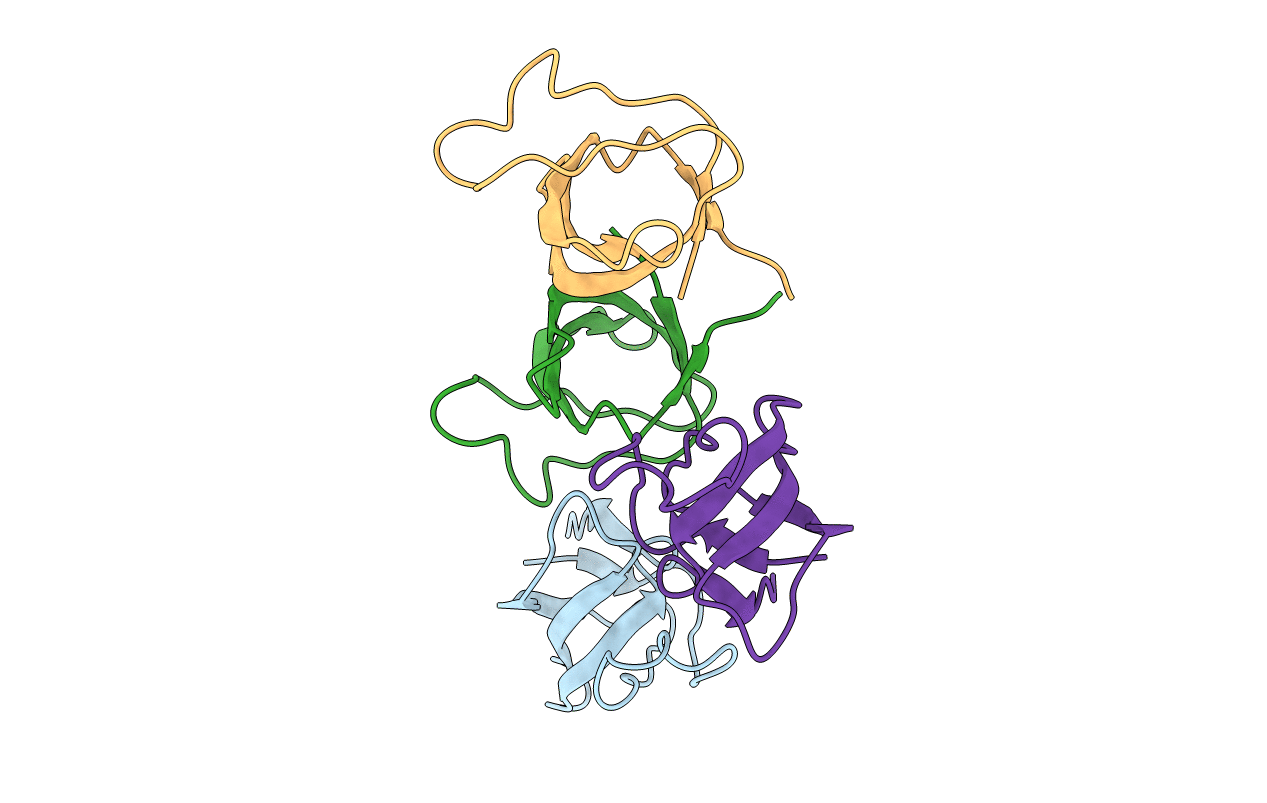
Deposition Date
2000-08-08
Release Date
2001-08-08
Last Version Date
2023-10-25
Method Details:
Experimental Method:
Resolution:
2.10 Å
R-Value Free:
0.25
R-Value Work:
0.19
R-Value Observed:
0.19
Space Group:
P 1 21 1


